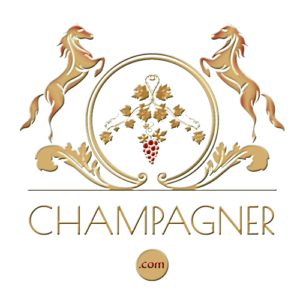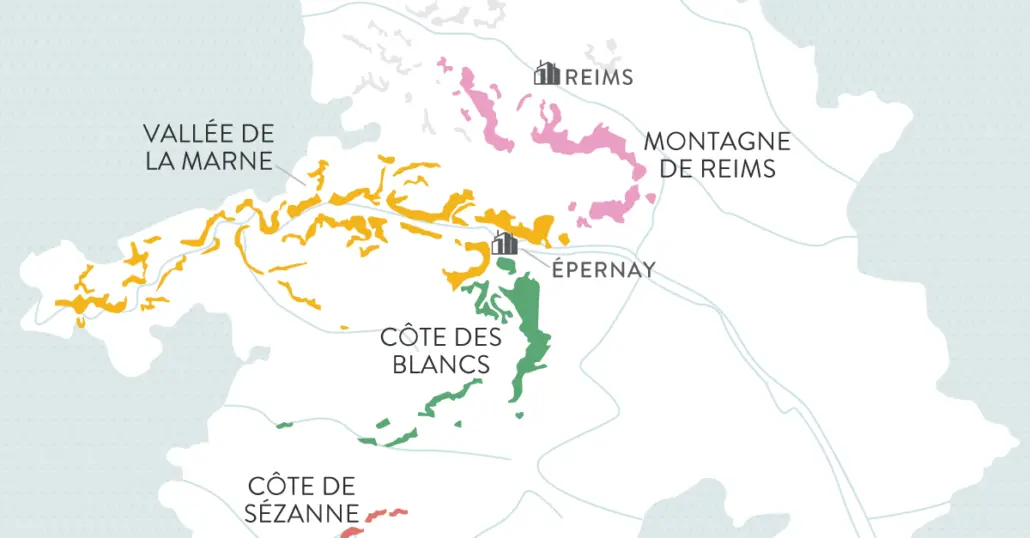The Champagne region
Champagne, in the heart of France, about 130 kilometres east of Paris, is home to the noble vines and the growing region.
An important criterion for the delimitation of the wine-growing area was the soil composition. The belemnite chalk from the secondary period and the microelements are unique. The chalk base is coated with a humus/clay mixture approx. 20-50cm thick, which is penetrated by the vine roots deep into the chalk. A precious balance is created because, in addition to the nutritional value of the humus, the chalk not only retains the ideal moisture, but also stores the heat of the day and slowly gives it to the vines at night: a natural air conditioning system!
The high forests protect against harsh winds. The weather in Champagne is varied and sometimes very harsh depending on the season. Over the centuries, the Champagne However, Champagne can develop very well there because it is generally neither too cold nor too hot. The quantity of grapes per hectare that can be used to produce Champagne is set by law each year shortly before the grape harvest: in 1996, for example, a maximum of 10,400 kg of grapes per hectare were entitled to the AOC designation Champagne and Coteäux Champenois (still wine from the Champagne region).
The total area that was decided on there is now completely planted with vines, so that the cultivation area has now been extended to a further 150 kilometres.
The advantage to be mentioned is that Champagne is no longer homogeneous due to the different soil types and microclimates and can therefore vary greatly in flavour and appearance from region to region.
The most important regions are therefore Vallée de la Marne, Montagne de ReimsCôte des Bar and Côte des Blancs.
The defined cultivation area from 1927
The area in which the Champagne vines grow is unique in the world, as it was decided on 22 July 1927 that the grapes for Champagne would only be grown on an area of 33,500 hectares. This means that when this requirement (Appellation d′Origine Contrôlée) was decided upon, they were looking far ahead and have significantly influenced the quality of the drink to this day. Around 30,700 hectares are capable of yielding (3% of France's wine-growing area). Within this Zone delimitee there are four large areas:
- Montagne de Reims | The Reims Mountains
- Valle de la Marne | The Marne Valley
- Cote des Blancs | The White Slope
- Côte des Bar / Sezanne | The southern growing region
No champagne may be produced outside these areas.

